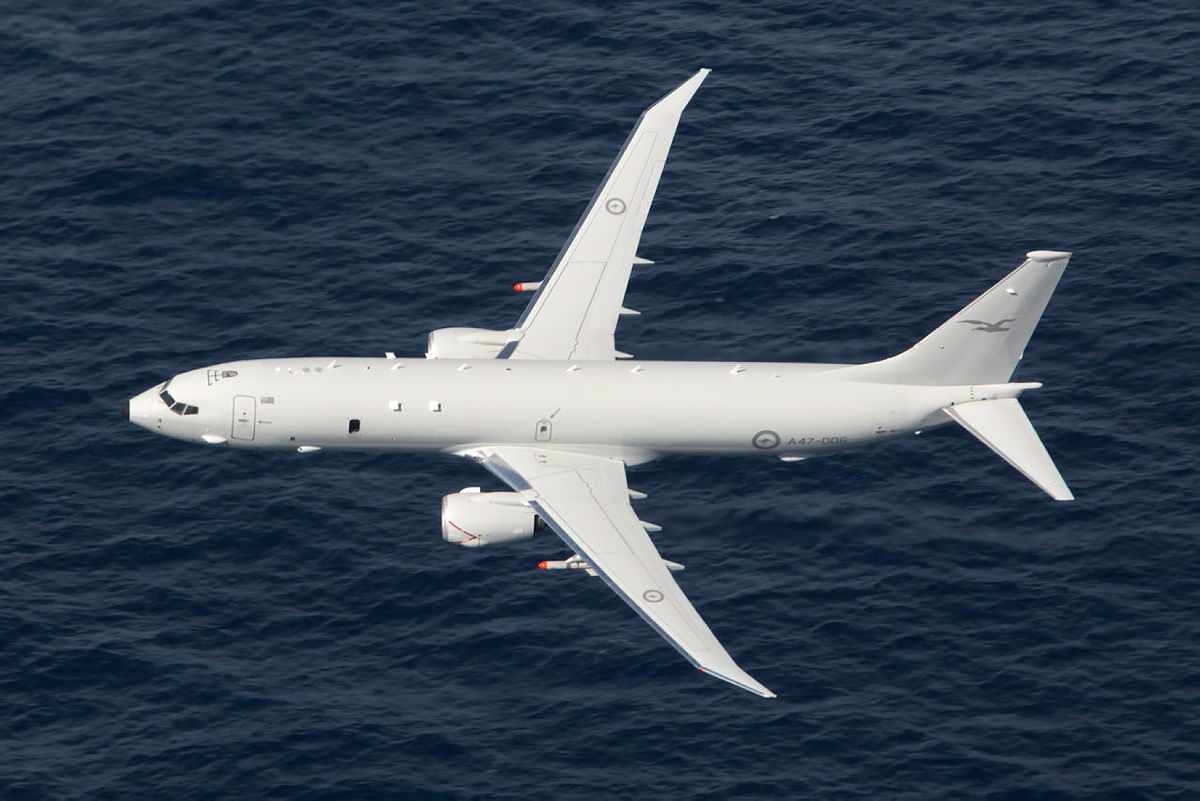
Sea state
Australia has delivered a Guardian-class patrol boat to Cook Islands to replace its Pacific-class patrol boat. The handover is the 15th Guardian vessel supplied through the Pacific patrol boat replacement program and follows Foreign Minister Penny Wong’s pledge to donate a new Guardian boat to Samoa after the one commissioned in 2019 ran aground and was written off. The gifts will not only boost Samoan and Cook Island maritime capabilities, but also strengthen Australia’s relations with Pacific island nations in the wake of Solomon Islands’ signing of a security pact with China.
Japan is planning to send its recently converted aircraft carrier JS Izumo, two destroyers and a submarine, as well as several aircraft, on a deployment around the Indo-Pacific. The Izumo was originally built as a helicopter carrier, but has been converted to carry the F-35B fighter jet. It is expected to participate in multiple naval exercises on deployment, including the Kakadu exercise in Australia in September. The conversion of the Izumo will mean Japan has the ability to fly fixed-wing aircraft from a ship for the first time since 1945.
Flight path
On Monday, Defence Minister Richard Marles revealed that on 26 May a Royal Australian Air Force P-8A Poseidon conducting maritime surveillance over the South China Sea was intercepted by a People’s Liberation Army Air Force Shenyang J-16 fighter. The patrol aircraft was flying around 150 kilometres east of Lubang Island in the Philippines when the J-16 began manoeuvring aggressively, firing flares and releasing chaff that was ingested into one of the P-8’s engines.
Chinese state media outlets justified the J-16’s actions by citing China’s unrecognised claims in the South China Sea. The RAAF conducts regular surveillance activities over the South China Sea as part of Operation Gateway, asserting the right of freedom of navigation through international airspace. After being grounded for a week, the P-8A has since resumed surveillance flights along the same route.
The revelation came days after the Canadian Armed Forces confirmed that Chinese jets had intercepted Canadian CP-140 Auroras on several occasions in April and May. The long-range patrol aircraft were flying in international airspace, monitoring potential violations by Chinese vessels of North Korean sanctions.
The PLAAF has been increasingly assertive in projecting its airpower in the region over recent years, raising the potential for an accidental escalation.
Rapid fire
More than 2,000 army leaders from across the Indo-Pacific met last month at the Land Forces Pacific Symposium held in Hawaii. LANPAC 2022 featured multinational panel discussions on deterring aggression through coalition readiness, and hundreds of bilateral talks between armies to discuss future exercises. Lieutenant General Rick Burr, chief of the Australian Army, said during his keynote address, ‘Partnerships cannot be taken for granted.’ It was the first time the annual two-day symposium had been held in person since 2019.
The US Army has cancelled its research efforts aimed at developing a strategic long-range cannon. The weapon’s anticipated range of 1,600 kilometres would have placed key Chinese cities, bases and warships within striking distance from neighbouring countries. While long-range precision fires are a top priority for the army, it said its decision to cancel the cannon program ‘eliminates potential redundancy’. That’s likely an allusion to four other programs that are in development, though not all are likely to be capable of reaching the cannon’s projected striking distance.
Final frontier
Last week, China sent three astronauts to Tiangong space station for the Shenzhou-14 mission, a six-month construction project and one of six planned missions to the station in 2022. The goal is to complete construction on the 30-year project by the end of the year, marking a major milestone for China’s space strategy and the beginning of independent Chinese habitation in space. China has also sought to expand its influence in space via the BRICS Joint Committee on Space Cooperation, which will see Brazil, Russia, India, China and South Africa cooperate on remote-sensing satellite observation and data sharing.
Meanwhile, the US is due to complete its space strategic review, which will inform the Biden administration’s space policy into the future. The review will assess how the US can balance offensive and defensive weapons to achieve deterrence in space. Amid the ‘new space race’ threat landscape and increasing commercialisation of the sector, the US faces significant challenges to protect its interests and counter Chinese expansion in space.
Wired watchtower
In a rare disclosure, US Cyber Command confirmed last week that it had conducted ‘offensive cyber operations’ against Russia. The US Department of Defense declined to disclose either the number or targets of the cyberattacks, but specified that they were conducted with civilian oversight and included anti-propaganda operations. Because of the risk of escalation, analysts believe it’s unlikely that these cyberattacks directly targeted Russia’s military. However, the members of the Five Eyes intelligence network have warned that Russian cyberattacks against non-Ukrainian critical infrastructure may still occur in response to Western sanctions on Russia and aid to Ukraine.
A previously unknown vulnerability in Microsoft Office software is being exploited by hackers to steal data, install programs and assume control of target devices. The software exploit, dubbed ‘Follina’, is reportedly being used by Chinese state-directed hackers to acquire Tibetans’ personal data and by other actors to execute phishing campaigns against US and European local governments. Microsoft has released guidelines to help minimise users’ vulnerability to Follina, but has not yet patched the flaw.

